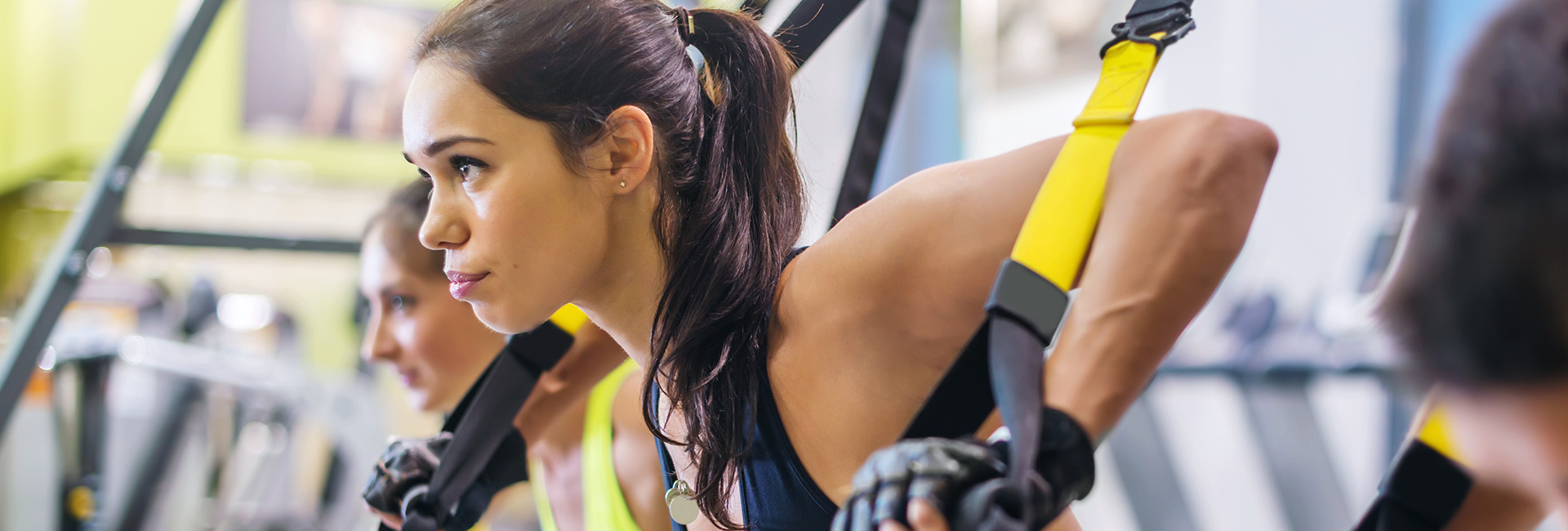As we welcome the New Year, it is common to take time to reflect and to identify new goals. Gyms flood with new members, many hoping to shed those holiday pounds or to kickstart their resolutions, which are often focused on weight loss.
As an American woman who grew up in the ‘90s, I am part of a demographic that has been bombarded with marketing messages telling us we need to “cut fat,” “lose weight,” and “look hot.” While there is nothing inherently wrong with wanting to look good, too often this type of motivation overtakes more healthy objectives. Our self-worth is often too closely tied to the number on the scale, which from a health perspective, is often arbitrary. There is so much more to us as women than how we look.
What if we could shift our mindset to: I want to feel good, strong, healthy, and comfortable in my own skin?
So, where do we start? With debunking some of the most common myths surrounding women when it comes to working out.
- Myth #1: The scale is an indicator of health.
It’s not uncommon for women to think, “I need to weigh this number… (goal weight) to be healthy!”
The obsession with reaching a specific weight, often defined as a “goal weight,” is deeply ingrained in our culture. But weight is just a number on a scale. Furthermore, body mass index (BMI) — a measurement of the ratio of height to weight used to estimate the amount of body fat a person has — though often part of medical screening, has many limitations. It is merely one measure and marker, that, without proper context, does not paint the entire picture of one’s health. Like your weight, BMI is just a number. It does not consider body type, cardiovascular health, strength, genetics or fitness.
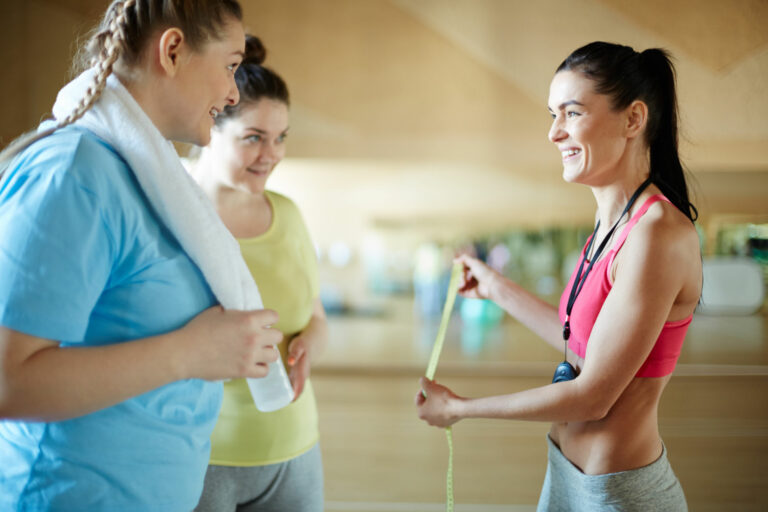
When it comes to the number on the scale, consider that during their training and career, many female athletes’ weight fluctuates by as much as 10-30 pounds, and their best performances can occur when they are at a heavier weight. Why? How? Because muscle is denser than fat and therefore weighs more. Being thin is not tied to performance as an athlete. Lean body mass — our vital tissue, including muscle, is what makes us strong.
Also, when it comes to body fat, women carry more fat than men, which is perfectly normal and healthy. Overall body composition is a much better snapshot of health, which can even include bone health! It is important to set healthy and realistic goals when considering the number on the scale.
- Myth #2: Cardio is the only way to burn fat.
Many believe that they need to do hours and hours of cardio workouts to optimize their fat burning and achieve weight loss!
I consider myself an endurance athlete and love exercise, including cardio. However, if a woman’s goal is shifting body composition, it is not necessary to do hours and hours of cardio! While it’s true that cardiovascular fitness is beneficial — it builds endurance, lowers blood pressure, improves heart health, reduces pain, boosts moods and strengthens the immune system — it does not always burn fat as readily as advertised.
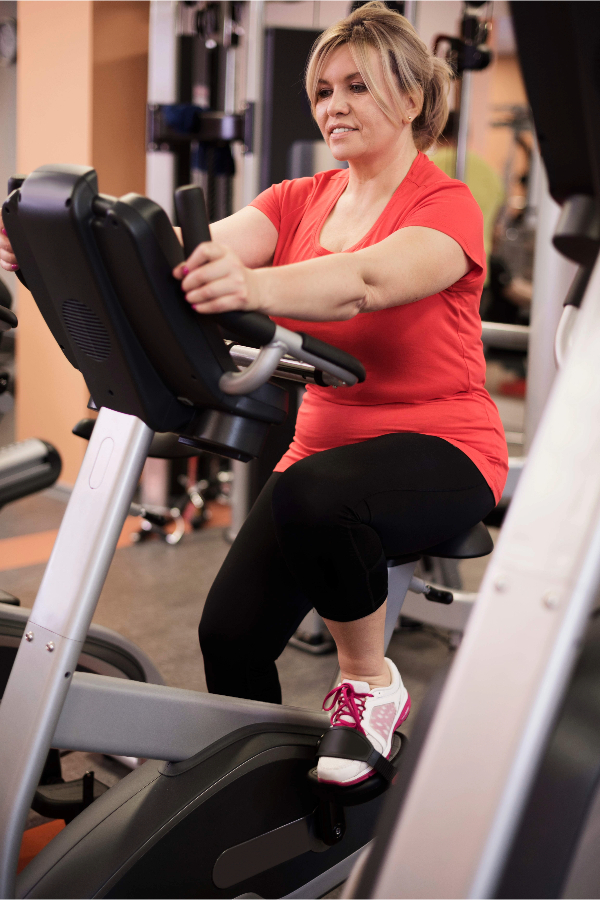
Women have unique physiological responses to exercise. We are more adapted for Zone 2 (conversation pace) exercise and doing cardio does not help us adapt to become more efficient fat burners. Women enter the fat-burning zone before men as we access less of our glycogen (a form of glucose – a main source of energy for the body) stores before our body taps into our fat storage. Furthermore, women only have roughly 80 percent capacity for storing glycogen as compared to men.
The truth is excessive cardio can deplete energy and can put a woman’s body into stress mode in which it breaks down lean muscle for energy. This is like what can happen when women are in calorie deprivation (a common situation when focused on the number on the scale and trying to lose weight). Instead of prioritizing hours of cardio, it is important for women throughout the lifespan from child-bearing years to post-menopause, to focus on proper nutrition and strength training.
- Myth #3: Heavy lifting leads to bulk.
Women often think they need to lift light weights when strength training to avoid getting bulky!
Strength training is essential for everyone, and it is a cornerstone of overall health for women. It helps maintain good bone health and builds muscle mass. Furthermore, contrary to the myth that heavy lifting inevitably leads to bulking, bumping up our weight during exercise is essential for building strength and improving or changing our body composition.
Another consideration for women includes hormone changes that occur as we age, leading to lost muscle mass. Lifting heavy can help prevent peri- and post-menopause muscle loss. For athletes, especially those who participate in endurance sports, it is an optimal way to increase performance and prevent injury.
Women can build mass, but it is harder for us than it is for men. We do not, in fact, automatically bulk up from heavy weightlifting! For good strength gains, choose a weight that you can perform about 5 repetitions of an exercise in good form before muscle fatigue/failure. It is important to lift with good form – consider working out with a partner to ensure you are lifting correctly. It is also important to progress appropriately.
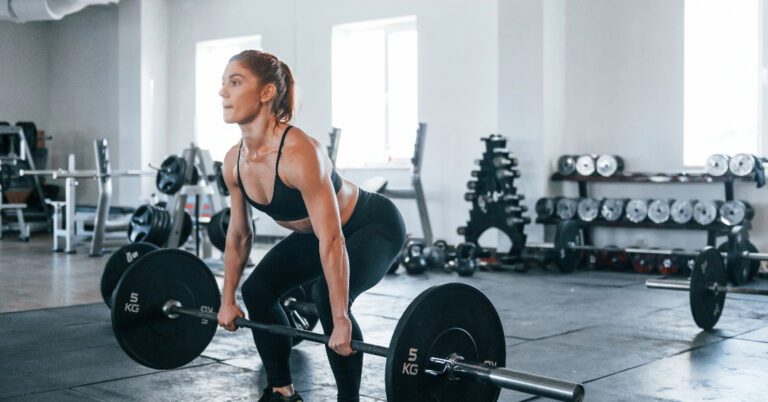
- Myth #4: Jumping and running are bad for our knees.
A common belief is that exercises with increased impact can harm our knees!
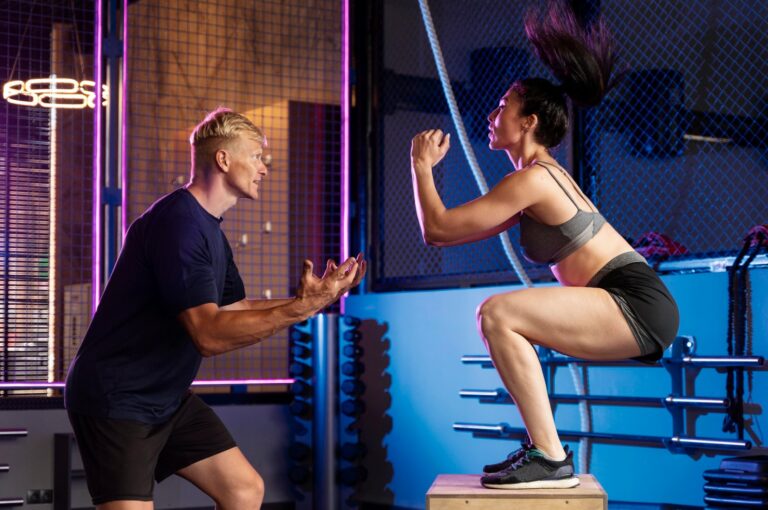
If you have an active knee injury it can make sense to avoid exercises that stress the knees for the time being. However, jumping, running, and plyometrics are good stressors that trigger an adaptive response that is crucial for maintaining bone health and reducing the risk of osteoporosis. Plyometrics are particularly good for runners because this type of exercise helps create an adaptive response to multiple planes of motion, as compared to solely running.
Furthermore, contrary to some claims, research shows running does not lead to arthritis, and runners who log moderate mileage tend to have less arthritis than non-runners.
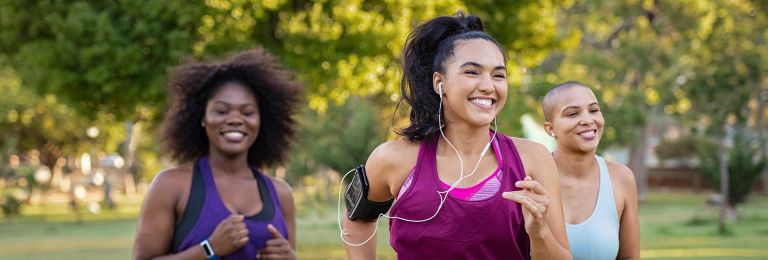
- Myth #5: Periods impede performance.
You are not alone if you have ever thought, “I cannot perform well on my period!”
Talking about menstrual health often makes people feel uncomfortable. However, periods occur in half the population for a good portion of their lives. Rather than viewing periods as a hindrance, it is important to recognize them as a sign of health and to understand their impact on performance. During a period, cramping can occur, which never feels good when running a race, but from a hormone perspective, it is a low hormone phase in which it can be easier to achieve strength gains. Conversely, higher levels of progesterone can make it harder to build lean mass. Hormonal fluctuations throughout the menstrual cycle can also influence nutritional needs. Embracing these changes and adjusting training regimens accordingly can lead to improved overall performance. It is important to note that if periods stop during hard training, it can be a red flag and you should seek medical guidance.
Where to start?
Empowering women in fitness involves recognizing individual differences, setting realistic goals, and seeking guidance from experts. It is not a one-size-fits-all journey; understanding your baseline fitness, long-term goals, and the importance of rest and recovery are key. Fitness is a spectrum, and even small steps can lead to big results. Simply starting can go a long way!
As women, we are adaptable beings! We can do so much! My top recommendations for fitness & health goals for women are:
- Do not be afraid to do hard things.
- Prioritize strength.
- Eat enough.
- Remember the number on the scale is not an important measure of your health!
- Do not be afraid to ask for help to find a starting point that matches where you are on your training journey, as fitness goal dosing is important.
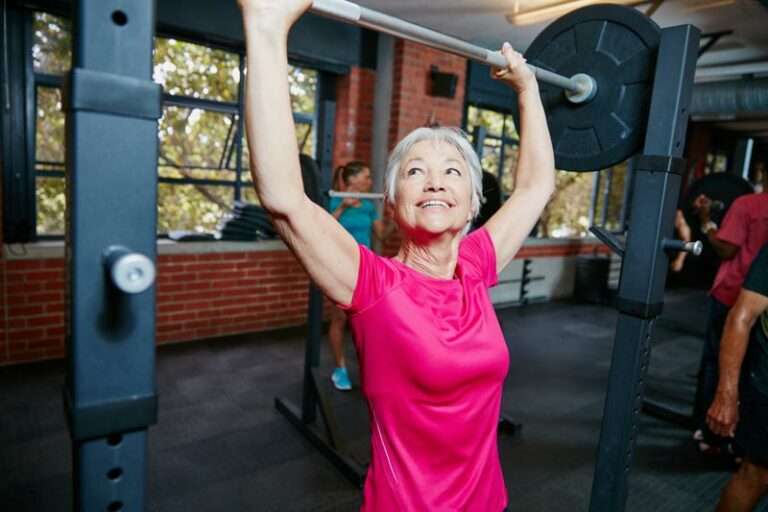

Need help getting started?
As physical therapists, we know the importance of movement for overall health and well-being. From injury recovery to achieving optimal performance, our passion is to help every patient reach their goals and live an active, pain-free life. Try PT today!
References:
- Heather, A. (2018). Myths and Methodologies: Reducing scientific design ambiguity in studies comparing sexes and/or menstrual cycle phases. JOSPT. https://doi.org/10.1113/EP086797
- (2017). Running and Osteoarthritis: Does Recreational or Competitive Running Increase the Risk? JOSPT. https://doi.org/Running and Osteoarthritis: Does Recreational or Competitive Running Increase the Risk?
- Stacy, S. (2016). ROAR. Rodale Books.
- (n.d.). Women are not small men. Dr. Stacy Sims. https://www.drstacysims.com/
